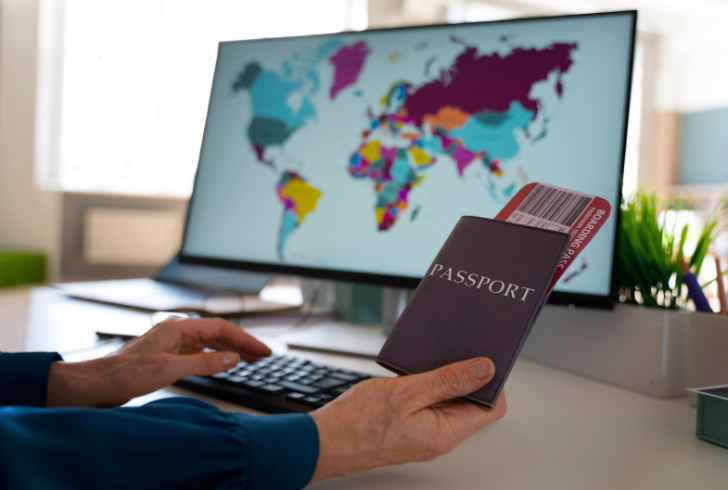The image of a digital nomad sipping coffee beachside while effortlessly juggling client calls has become a modern-day fantasy. But for many who have leapt into this lifestyle, the dream is quickly meeting the harsh weight of reality.
From spiraling living expenses to complex visa requirements and increasing burnout, digital nomads are navigating a growing set of challenges that few Instagram posts ever show.
Living the Dream—But at What Cost?
Sophie Rucker, a communications strategist, left her London life behind in 2020 for the sun-soaked calm of Bali. While the shift offered healing space and a welcome break from city chaos, she soon encountered skepticism from potential clients unwilling to take her seriously due to her Southeast Asia base.
She’s not alone. Many freelancers in Bali now hold back on disclosing their exact location for fear of losing work opportunities. The underlying message? Remote doesn’t always mean respected—especially when you’re dialing in from paradise.
The Financial Reality Behind the Fantasy

Freepik | Bunq’s survey of 5,000 remote global workers found just 20% saw career benefits.
According to a recent Bunq survey of 5,000 international workers, only 20% reported career gains from going remote. For British workers, that number was even lower. Many find themselves spending more than expected—and not just on travel.
Hidden costs digital nomads face:
1. Local taxes and insurance premiums
2. Healthcare bills and medical emergencies
3. Visa applications and renewal expenses
4. Legal and financial consulting for international compliance
5. Constant relocation and inflated short-term rent costs
Even the daily cost of living is taking a toll. Over two-thirds of Europeans reported higher food and drink prices in 2025 alone, squeezing digital nomads who rely on tight budgeting to maintain mobility.
Goodbye Geoarbitrage?
Geoarbitrage—the once-popular tactic of earning a Western salary while living in lower-cost regions—is losing its edge. Cities like Lisbon, Barcelona, and Mexico City are now struggling with inflated rents and public backlash as local communities protest the disruption brought on by transient workers.
Remote professionals are now seeking less saturated spots. Locations like Sarajevo, Varna, and Portimão are emerging as new favorites among those looking to escape the digital nomad inflation bubble.
Visa Woes and Legal Limbo

Freepik | Constantly evolving and confusing visa policies are a major obstacle for nomads.
One of the biggest hurdles nomads face is the ever-changing, confusing world of visas. While countries like the Philippines and Taiwan have recently introduced digital nomad visas, requirements are inconsistent, and eligibility often excludes freelancers with variable income.
Take Kach Umandap, a Filipino remote worker who spent years hopping borders to reset tourist visas, often spending more on paperwork than on living expenses. After visiting all 193 UN countries, she’s now settling back in the Philippines—less for comfort, more for stability.
Visa stress points:
– Unclear eligibility criteria
– Time-consuming application processes
– High income thresholds (like Iceland’s $7,763/month requirement)
– Limited visa-free travel for non-Western passport holders
Burnout and the Need for Belonging
Freedom comes at a price—loneliness, career instability, and decision fatigue. Anthropologist David Cook, who has studied nomad communities in Chiang Mai since 2017, estimates that 90% of digital nomads quit the lifestyle within two years. Most start out hyper-mobile, only to find themselves craving connection, stability, and a sense of place.
And burnout? It’s real. The constant need to plan, stay productive, and manage finances without a fixed support system wears people down.
Still Alluring, Despite It All
Despite the challenges, the appeal of working on your own terms isn’t fading. By 2030, an estimated 60 million people could be working remotely across borders. The key to making it work long-term? Choosing wisely, staying flexible, and setting realistic expectations.
Digital nomadism is evolving—and with it, the need for smarter strategies, deeper community ties, and more inclusive policies. The beach might still call, but today’s nomads know better than to pack light when it comes to planning for the reality behind the dream.




